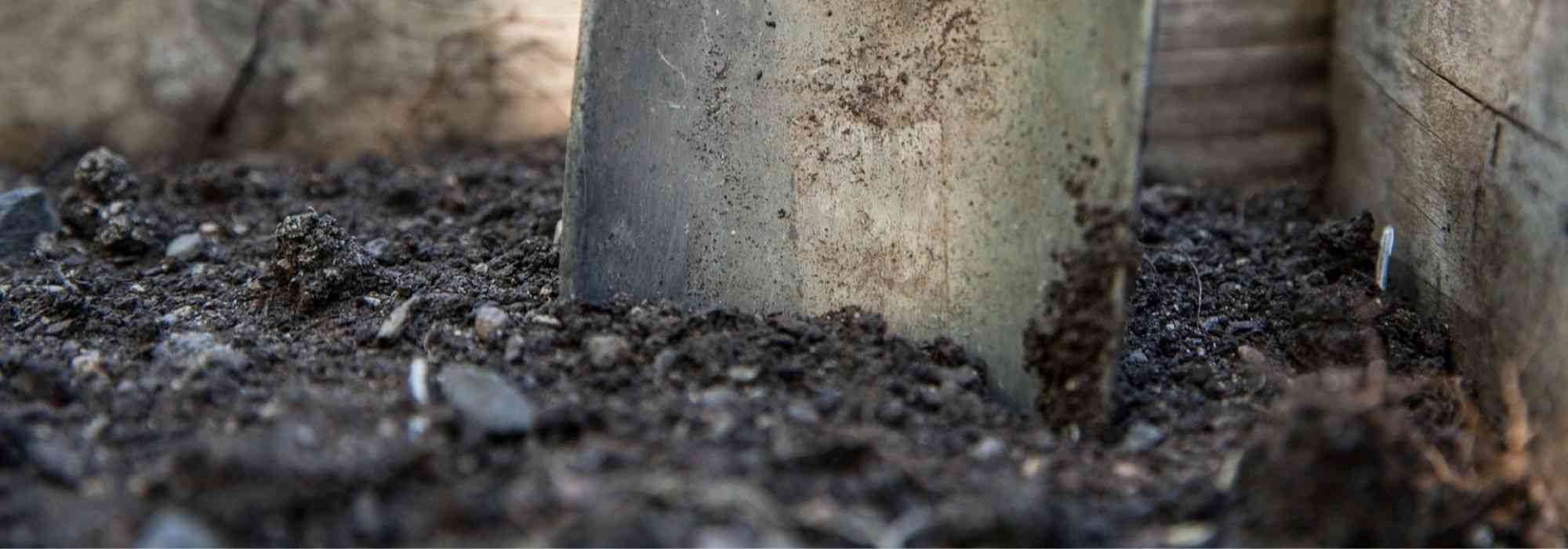
Gardening in acidic soil
Advice and suitable plants
Contents
People often worry about whether their soil is acidic. Acidic soils can have drawbacks, particularly for fertility, but they also have advantages. Indeed, many stunning plants, often described as “heather soil” plants, grow there easily. Here are all our tips to learn everything about acidic soils: How to recognise them? What to do with acidic soil? What to plant in acidic soil? Is intervention really necessary? We’ll tell you everything…
What is acidic soil? How can you tell?
Soil acidity is measured by its hydrogen potential, the pH. When the pH of a solution is above 7, it is basic (or alkaline). Around 7 it is neutral. Below 7 the solution is acidic. For soil, these figures can be adjusted slightly as follows:
- 3.5 < pH < 6.8 : acid soil
- 6.9 < pH < 7.2 : neutral soil
- 7.3 < pH < 9.0 : basic or alkaline soil
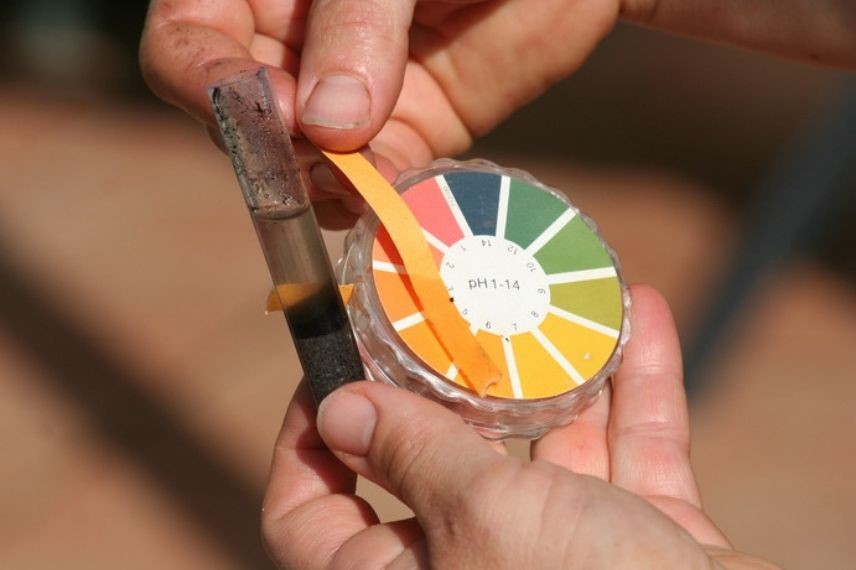
pH test
There is, of course, a whole range of acid soils from slight, non-problematic acidity to critical acidity, around pH 5 (peaty soils can even reach pH 3.5!). Soil pH depends on subsoil, that is on type of rock beneath your feet, on soil composition (clayey, silty, …), on its lime content but also on inputs you add: fertilisers, growing resinous plants, mulching with grass clippings, …
To learn all about soil pH and how to measure it, discover our advice sheets:
Disadvantages of acidic soil
Acid soil can have several drawbacks:
- Low soil biological activity: micro-organisms (bacteria, fungi, yeasts) appear to be on ‘standby’ because humus production or the breakdown of organic matter hardly occurs. Earthworms are absent and other ‘little creatures’ (beetles, myriapods, …) that inhabit healthy soils are now but a distant memory.
- Nutrient locking: nutrients such as nitrogen, potassium, phosphorus and various trace elements necessary for plant growth are ‘locked’ in the soil and no longer reach plants. Plants then suffer from stunted growth, deficiencies and are more susceptible to disease.
- Metal uptake: acidity facilitates plant uptake of metallic ions such as aluminium or copper but also of more polluting metals like lead, cadmium or mercury, known as heavy metals and highly toxic.
please note: paradoxically, humus-rich soils often have a pH ranging between 5.6 and 6.6, i.e. an acidic soil… But these soils do not require correction because nutrient availability and soil biological activity are perfectly normal there.
Discover other Ericaceous Shrubs
View all →Available in 1 sizes
Available in 1 sizes
Available in 0 sizes
Available in 1 sizes
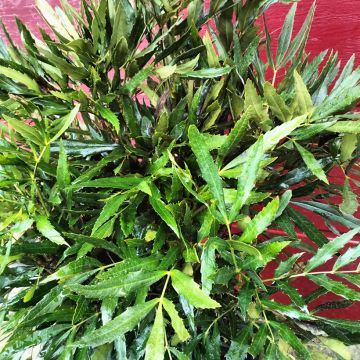
Available in 1 sizes
Available in 2 sizes
Available in 2 sizes
Available in 1 sizes
Available in 1 sizes
Available in 1 sizes
How to improve acidic soil?
Most plants tolerate slight acidity (around pH 6) but it is sometimes necessary to approach neutrality, especially to obtain good yields in the vegetable garden.
Here are some solutions to correct acidic soil:
Add a basic amendment
“The best is the enemy of the good!” Keep this adage in mind if you are looking to correct pH of your soil. Indeed, always act sparingly to avoid even more dramatic imbalances.
Lime-rich amendments will lighten the soil and raise pH: plant roots can then penetrate more deeply, nutrients will be more easily assimilable by plants and water and air will be able to circulate more freely. There are many options: dolomite, wood ash, marl, agricultural lime, crushed limestone, lithothamnion, …
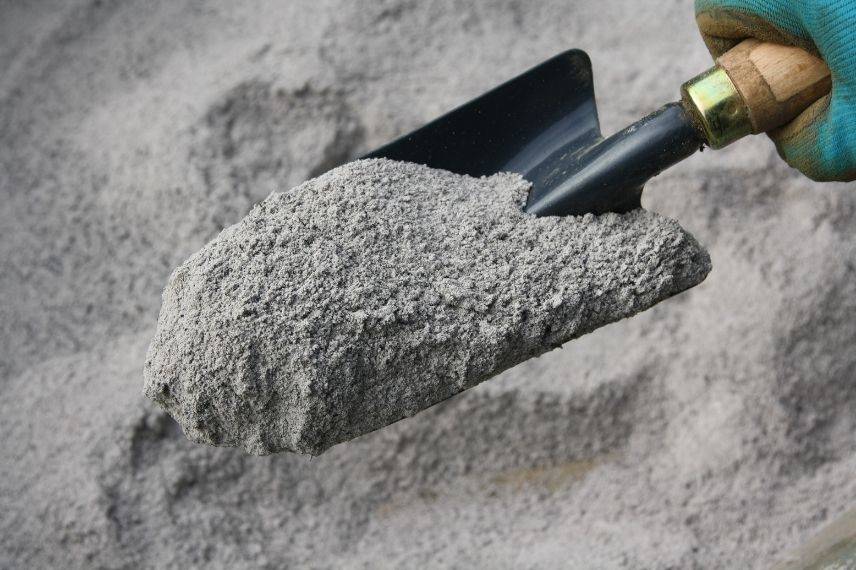
Wood ash (untreated)
Apply this amendment in autumn or at the very start of winter. Incorporate it into the soil by lightly raking. Water regularly so that lime or any alkalising amendment can become active. You will probably need to repeat the operation over several years.
You can also incorporate compost by lightly raking. Ripe compost has the particularity of neutralising soils. Bear in mind that any organic addition will improve your soil (mulching, surface composting, leaf mould, …).
Please note: some soils contain inactive calcium ions. The soil can therefore be acidic while being rich in calcium. Adding a basic amendment risks upsetting the soil and the life within it. Before making any correction, it is always necessary to know your soil well by observing bioindicator plants or by carrying out a full laboratory analysis.
Sow a cover crop
You can also help the soil by sowing a cover crop that will correct acidity and improve soil structure: lupin, millet, melilot, buckwheat, … in combination.
Let nature take its course!
This solution should be reserved for when you have time and adopt a somewhat naturalist/permaculture approach (and if so, that’s great!). Let the herbs that grow naturally on the area to be “corrected” develop. Plants will rebalance pH by themselves (and address other issues at the same time). This will take time: one year, two, three, … perhaps more. You will see the effects when the flora changes. Plants that prefer acidic soils will gradually disappear in favour of other plants that are more neutrophilous.
Read also
What is soil pH?Make the most of acidic soil: plant suitable species.
Acidic soil is not really problematic as long as you plan to grow suitable plants there. Some plants grow only in acidic soils and are often superb.
Here are a few examples :
Ornamental trees and bushes for acidic soil
All members of the Ericaceae family are trees and bushes that like acidic soils: heathers and callunas of course (hence the term “heather soil“), azaleas and rhododendrons, Pieris and the lesser-known Enkianthus, and, often forgotten, bilberries.
Camellias, flowering Cornus (such as Cornus kousa or Cornus florida), Japanese maples and Magnolias also appreciate slight soil acidity.
Hydrangeas (only Hydrangea paniculata truly tolerates calcareous soils) also complete the list of bushes for acidic soils.
But many more exist: Daphnes, Sarcococca, Skimmia, Leucothoe, … And of course all conifers, notably yews.
→ to learn more, discover our advice sheet “10 bushes to grow in acidic soil”
Perennials, bulbs and annuals for acidic soil
Most understory forest plants appreciate acidic soils.
Ferns of course, especially the Royal fern and Blechnum spicant.
Perennials for cool shade: Heuchera, Tiarella, Epimedium, Japanese anemone, Rodgersia, … And purely woodland groundcovers such as sweet woodruff, Cornus canadensis or lesser periwinkle.
→ to learn more, discover our advice sheet: “10 perennial plants to grow in acidic soil”
Among bulbs: lilies, erythroniums, cyclamens, wild garlic, hyacinths, …
Grasses (in horticultural sense) do quite well in acidic soils, notably bamboos which can quickly become invasive if not controlled. Carex and sedges, Hakonechloa, Ophiopogon, Luzula, … thrive there particularly well.
In the vegetable garden
A vegetable garden on acidic soil is perfectly possible. Fabaceae such as beans, peas or broad beans do well there. Apiaceae such as parsnip, carrot or fennel also cope. Chenopodiaceae are completely indifferent: chard, spinach, orache, fat hen, … Add to that: potatoes, courgettes and squashes as well as lamb’s lettuce. However, avoid growing cabbage or other Brassicaceae: radish, turnip, mustard, …
- Subscribe!
- Contents
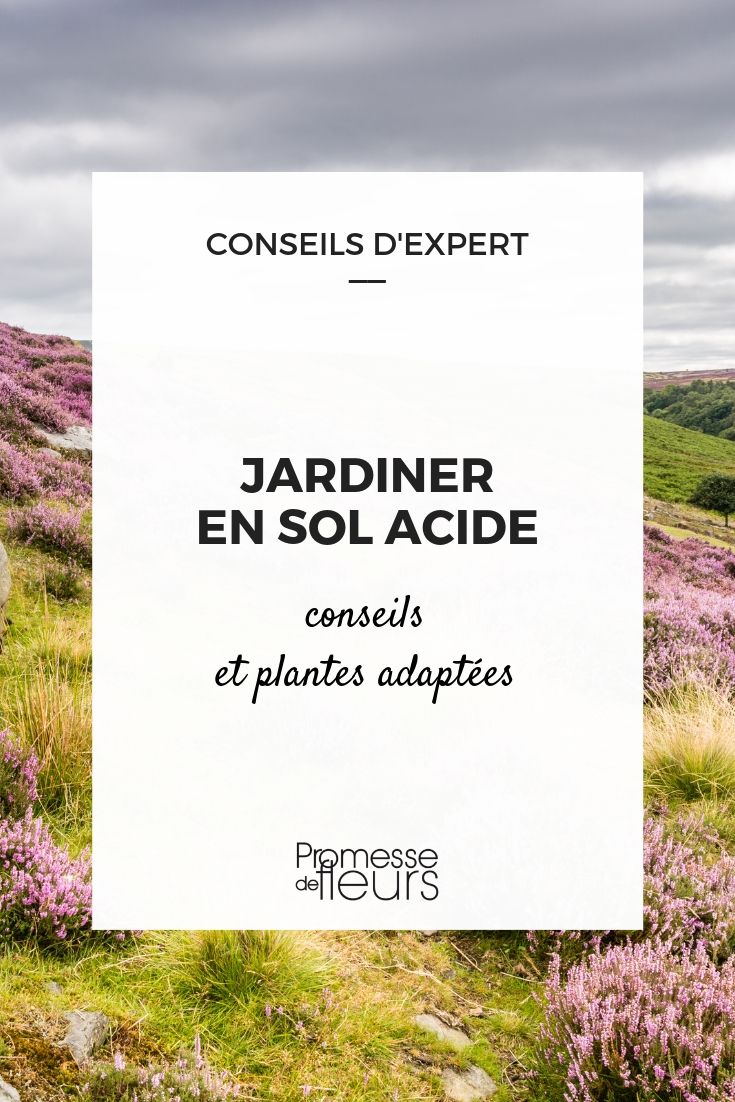































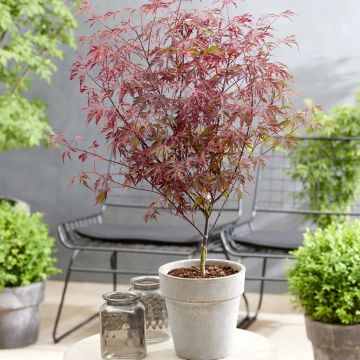
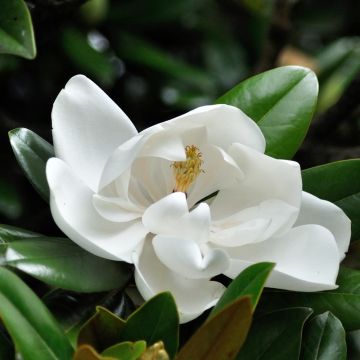
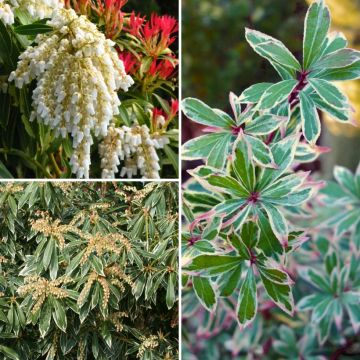

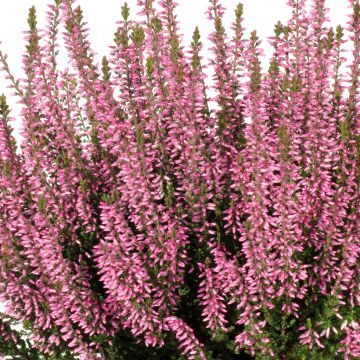
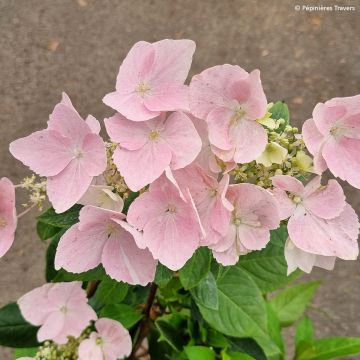
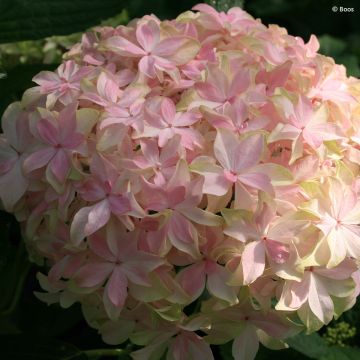
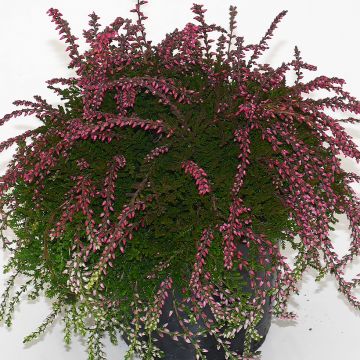
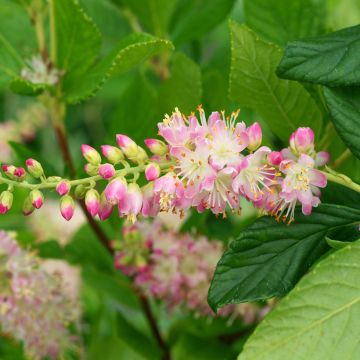


Comments